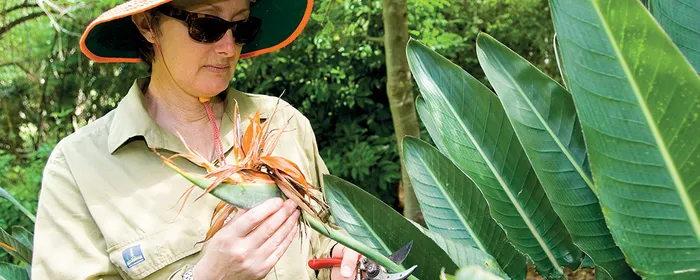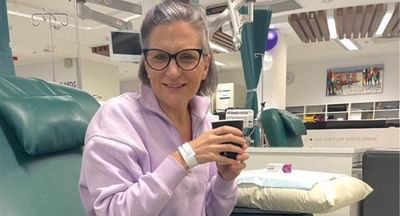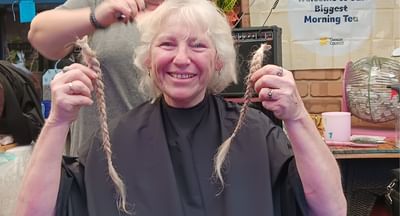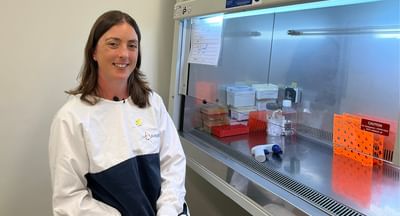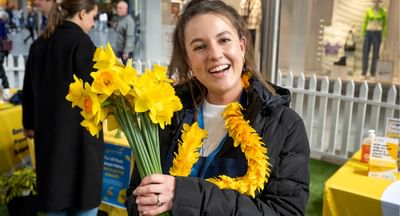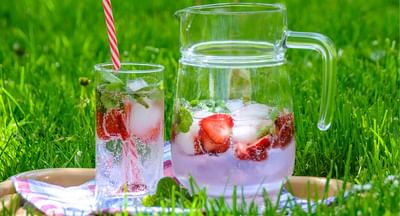When unprotected skin is exposed to UV radiation, it can damage the DNA in our skin cells. This damage is largely irreversible and cumulative, increasing the risk of being diagnosed with skin cancer. UV exposure can also cause sunburn, tanning premature ageing, and eye damage.
What is UV radiation?
The sun is a major source of UV radiation, but it can also come from artificial sources, such as arc welders, glue curing lights, and tanning beds or sun lamps.
Cancer Council SA Prevention Programs Manager, Liana Bellifemini says that UV radiation is not related to temperature.
UV radiation cannot be seen or felt. It is not like the sun’s light which we see, or the sun’s warmth which we feel as heat. Our senses cannot detect UV so it can be damaging without us knowing.
“UV levels are affected by several factors including the time of day, time of year and cloud cover. We know that when UV is 3 and above, unprotected skin can be damaged.
Who is at risk of skin cancer?
About two in three Australians will be diagnosed with some form of skin cancer in their lifetime and in 2019, more than double the number of South Aussie men died from melanoma than women.
Anyone can develop skin cancer but it’s more common as you age. You can’t always see sun damage to the skin – it can start long before you get sunburnt or develop a tan, and the damage adds up over time.
There are many factors that can increase your risk of skin cancer, including the following:
- pale or freckled skin, especially if it burns easily and doesn’t tan
- red or fair hair and light-coloured eyes (blue or green)
- unprotected exposure to UV radiation, particularly a pattern of short, intense periods of sun exposure and sunburn, such as on weekends and holidays
- actively tanned or used solariums
- worked outdoors or been exposed to arsenic
- a weakened immune system – this may be from having leukaemia or lymphoma or using immunosuppressive medicines (e.g. for rheumatoid arthritis, another autoimmune disease or for an organ transplant)
- lots of moles, or moles with an irregular shape and uneven colour
- a previous skin cancer diagnosis or a family history of skin cancer
- certain skin conditions, such as sunspots.
People with olive or very dark skin have more protection against UV radiation because their skin produces more melanin. However, individuals with darker skin can still develop skin cancer.
How to prevent skin cancer
Liana says that with the UV levels rising rapidly over spring months and reaching very high to extreme levels ahead of summer, sun protection is particularly important as families get ready to enjoy time outdoors.
Protecting your skin through the five SunSmart measures – slipping on sun protective clothing; slopping on SPF 50 or higher broad-spectrum, water- sunscreen; slapping on a SunSmart hat; seeking shade; and sliding on sunglasses – is the best way to protect against harmful UV radiation
Download the SunSmart Global UV app
You can check peak UV times for your location every day on the SunSmart app. The app lets you know when you do and don’t need sun protection, making it easier than ever to be SunSmart throughout the year.
